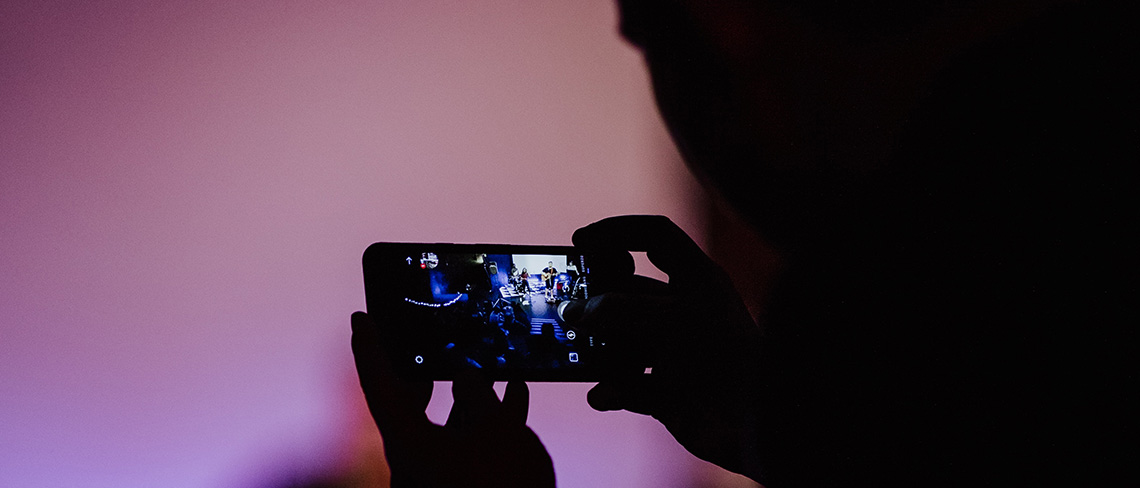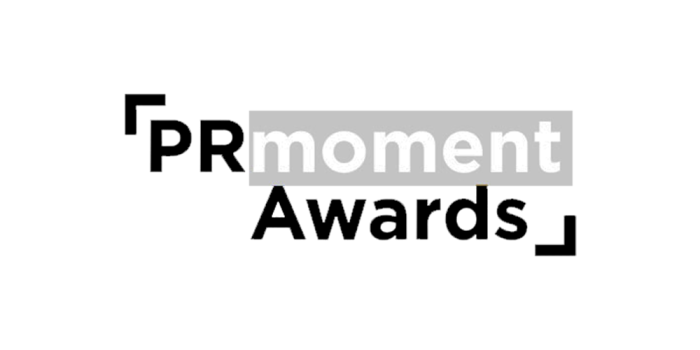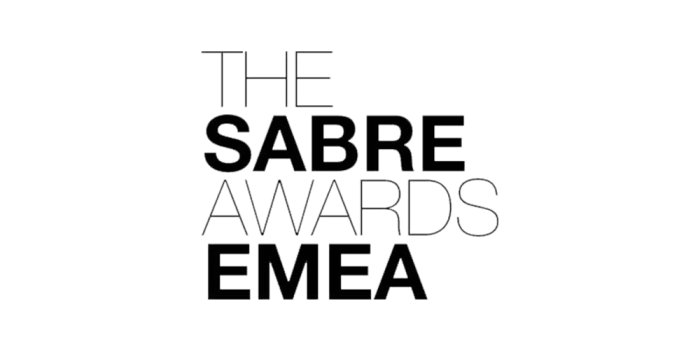
Soon enough really isn’t soon enough these days, with people leading busier lives than ever, the need for quick information has never been higher. A new age is upon us, bringing with it new and exciting ways to connect with the baying public. The use of visual content has taken off in the past few years, with a multitude of companies finding new ways to communicate with their audience; so why the sudden surge in professionally created graphics and infographics, do they achieve more interest than articles?
These days’ social media out-ranks almost any other source of information, with 74% of adults using some form of online platform. As well as this, 63% of social media is now made up of images, according to a Citrix report from January. Though it’s not just posting information that gets a high number of views, it’s the online community that shares stories, links and visual content that creates an intricate web of online communication. This has led to a huge rise in infographics, making information and brands easy to share, as brands try to cram in key messaging to their visuals. Research has shown that relevant images get 94% more engagement than other posts; so why do these picture formats of information garner so much more interest?
It’s a simple answer that follows the semiotic analysis on all signs, colours and words; each person has a pre-conceived notion of certain images or colours (which in the vaguest sense can be homed into culture), and playing on these can trigger a positive response on the most subconscious of levels. Thinking of articles less as inter-textual language, and more in terms of psychology, can show that the content takes a secondary relevance when it comes to responses – that and the brain can process visuals 60,000 times faster than it does text.
Now that companies can understand the best way to connect to their audiences, there is no stopping the constant images, information and trends that appear online. Making the most out of visual content is something that has seen huge success is such a short space of time, so strike whilst the iron’s hot and connect with your audiences the smart way.






